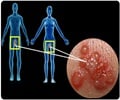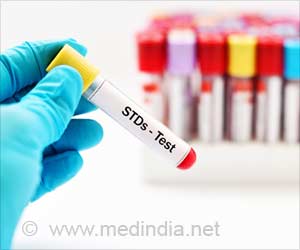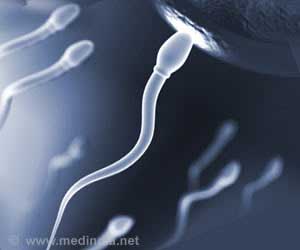SEATTLE – Fred Hutchinson Cancer Research Center and University of Washington scientists have identified a class of immune cells that reside long-term in the genital skin and mucosa

"The discovery of this special class of cells that sit right at the nerve endings where HSV-2 is released into skin is changing how we think about HSV-2 and possible vaccines," said Corey. "For the first time, we know the type of immune cells that the body uses to prevent outbreaks. We also know these cells are quite effective in containing most reactivations of HSV-2. If we can boost the effectiveness of these immune cells we are likely to be able to contain this infection at the point of attack and stop the virus from spreading in the first place. We're excited about our discoveries because these cells might also prevent other types of viral infections, including HIV infection."There is currently no effective vaccine for genital herpes."While antiviral treatment is available, the virus often breaks through this barrier and patients still can transmit the infection to others," Corey said.
"In addition, newborn herpes is one of the leading infections transmitted from mothers to children at the time of delivery. An effective genital herpes vaccine is needed to eliminate this complication of HSV-2 infection."The long-term persistence of CD8αα+ T cells where initial infection occurs may explain why patients have asymptomatic recurrences of genital herpes because these cells constantly recognize and eliminate the virus, according to Jia Zhu, Ph.D., corresponding author, research assistant professor in Laboratory Medicine at the University of Washington and an affiliate investigator in the Fred Hutch Vaccine and Infectious Disease Division.
"The cells we found perform immune surveillance and contain the virus in the key battlefield where infection occurs, which is the dermal-epidermal junction," said Zhu. "These cells are persistent in the skin and represent a newly discovered phenotype distinguished from those of CD8+ T cells circulating in the blood."The dermal-epidermal junction (DEJ) is where the dermis (outer skin layer) connects to the epidermis (the tissue layers just beneath the skin). This junction is important because of the roles it plays in cellular communication, nutrient exchange and absorption, and other skin functions. Scientists examined the DEJ for T cell activity because this is where the genital herpes virus multiplies after reactivating and traveling from its hiding place in the body's sensory neurons. Previous research by the same research group showed that the nerve endings reach the dermal-epidermal junction and release the virus that infects the skin and can cause lesions. Prior to this research, CD8αα+ T cells were known to exist in the gut mucosa. Much of the research on CD8+ T cells has focused on studying them in the circulating blood, which has a dominant phenotype of CD8αβ+. Fred Hutch and UW scientists compared the two types of CD8+ T cells and found that only the CD8αα+ T cells persist in the skin while CD8αβ+ T cells diminished from the tissue after healing of a herpes lesion.
"We did not expect to find CD8αα+ T cells in the skin," Zhu said. "This was a surprise." The research involved using novel technologies to examine the T cells in human tissues. In all, the work provides a roadmap that can be applied to other human diseases, according to Zhu. Zhu said the studies the research group performed in humans are unique. "To our knowledge, we are the only research group to use sequential human biopsies to study CD8+ T cell function in situ, in their natural spatial distribution and at their original physiological state," she said. According to the federal Centers for Disease Control and Prevention, 776,000 people in the United States are newly infected with herpes annually. Nationwide, 16.2 percent, or about one out of six people aged 14 to 49 years have genital HSV-2 infection. Generally, a person can only get HSV-2 infection during sexual contact with someone who has a genital HSV-2 infection. Transmission can occur from an infected partner who does not have a visible sore and may not know that he or she is infected. Most individuals infected with HSV-2 or the related HSV-1, which causes genital herpes and cold sores, experience either no symptoms or have very mild symptoms that go unnoticed or are mistaken for another skin condition. Because of this, most people infected with HSV-2 are not aware of their infection.
Source-Eurekalert










